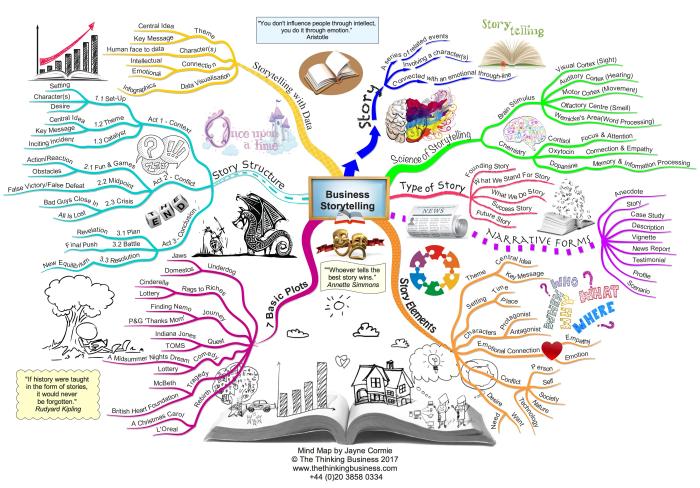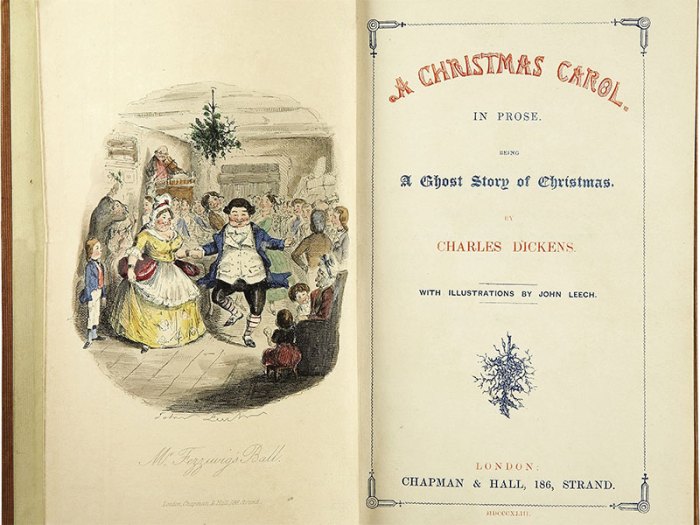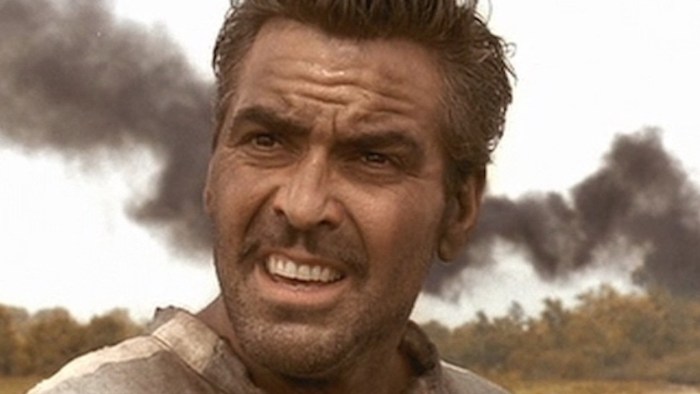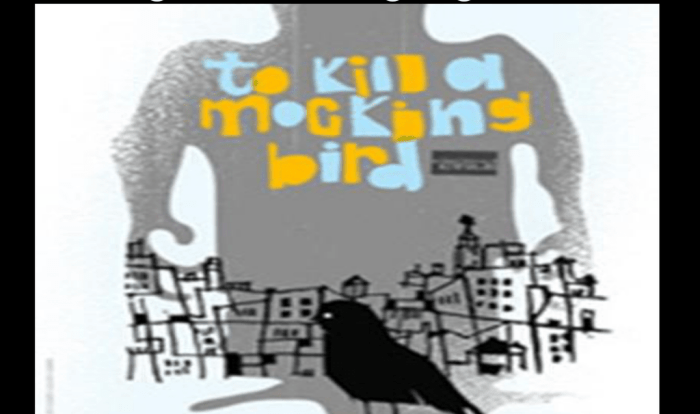Analyzing theme in a christmas carol – Analyzing theme in ‘A Christmas Carol’ offers a profound exploration into the transformative power of redemption, the stark realities of Victorian England, and the profound symbolism woven throughout the narrative. This beloved tale by Charles Dickens invites us to embark on a journey of self-discovery, social awareness, and the enduring spirit of Christmas.
Analyzing the Theme of Redemption

Overview of Redemption in “A Christmas Carol”
The theme of redemption is central to Charles Dickens’s “A Christmas Carol.” The story follows Ebenezer Scrooge, a miserly and selfish man who is visited by three spirits on Christmas Eve. These spirits show Scrooge the error of his ways and help him to see the importance of compassion and generosity.
Scrooge’s Transformation
Scrooge’s transformation is gradual, but it is ultimately profound. At the beginning of the story, he is a cruel and unfeeling man who cares only about money. However, after being visited by the spirits, he begins to see the error of his ways.
He realizes that he has been living a selfish and empty life, and he resolves to change his ways.
- The Ghost of Christmas Past: This spirit shows Scrooge scenes from his childhood and young adulthood, reminding him of the happy times he once shared with others.
- The Ghost of Christmas Present: This spirit shows Scrooge the joy and happiness that Christmas can bring, and it encourages him to be more generous and kind.
- The Ghost of Christmas Yet to Come: This spirit shows Scrooge the consequences of his selfish actions, and it warns him that he will die alone and unloved if he does not change his ways.
The Role of the Three Spirits
The three spirits play a crucial role in Scrooge’s redemption. They show him the error of his ways, and they help him to see the importance of compassion and generosity. The Ghost of Christmas Past shows Scrooge his own past, and it helps him to understand how he became the miserly and selfish man he is today.
The Ghost of Christmas Present shows Scrooge the joy and happiness that Christmas can bring, and it encourages him to be more generous and kind. The Ghost of Christmas Yet to Come shows Scrooge the consequences of his selfish actions, and it warns him that he will die alone and unloved if he does not change his ways.
Examining the Social Commentary

Charles Dickens’ “A Christmas Carol” not only explores the transformative power of redemption but also offers a scathing indictment of the social conditions prevalent in Victorian England. The novel exposes the glaring inequalities and social injustices that plagued society, highlighting the plight of the poor and vulnerable.
Poverty and Inequality
The story’s vivid depiction of the Cratchit family’s poverty paints a stark picture of the hardships faced by the working class. Despite Bob Cratchit’s meager salary, he struggles to provide basic necessities for his family, with their meager income barely covering rent and food.
The novel emphasizes the systemic poverty that afflicts many in Victorian society, revealing the vast gulf between the wealthy and the poor.
Social Responsibility
“A Christmas Carol” challenges the prevailing notion that the poor are responsible for their own misfortune. Through Scrooge’s transformation, Dickens argues that it is the responsibility of the wealthy to alleviate the suffering of those less fortunate. Scrooge’s newfound compassion and generosity demonstrate the power of individual actions to make a meaningful difference in the lives of others.
Exploring the Symbolism: Analyzing Theme In A Christmas Carol

Charles Dickens’ “A Christmas Carol” is replete with symbols that contribute significantly to the story’s overall meaning and themes. These symbols encompass characters, objects, and events, each carrying a deeper significance that enriches the narrative.
The Ghosts
The three ghosts that visit Scrooge on Christmas Eve represent different aspects of time and morality. The Ghost of Christmas Past symbolizes Scrooge’s forgotten childhood and the lessons he failed to learn. The Ghost of Christmas Present represents the joy and abundance of the present moment, while the Ghost of Christmas Yet to Come embodies the consequences of Scrooge’s selfish actions and the potential for redemption.
The Weather
The weather conditions in the story also hold symbolic meaning. The cold, dreary weather at the beginning reflects Scrooge’s cold-hearted nature and his isolation from society. As the story progresses and Scrooge begins to change, the weather improves, symbolizing hope and the possibility of redemption.
Objects in Scrooge’s Surroundings
The objects in Scrooge’s surroundings also carry symbolic significance. The chains that bind Scrooge represent the weight of his past actions and his miserly nature. The knocker on his door, shaped like a grotesque face, symbolizes the judgment and scrutiny he faces from society and his own conscience.
Analyzing the Structure
The structure of “A Christmas Carol” is integral to its impact, contributing to the story’s emotional resonance and thematic depth. The novel is divided into five staves, each with its own distinct theme and narrative focus.
The Five Staves and Their Themes, Analyzing theme in a christmas carol
- Stave One: Marley’s Ghost– Introduces the protagonist, Ebenezer Scrooge, and his cold-hearted nature. The visit from Marley’s ghost serves as a catalyst for Scrooge’s transformation.
- Stave Two: The First of the Three Spirits– Scrooge is visited by the Ghost of Christmas Past, who shows him the memories of his youth and the loss of his love, Belle. This stave explores Scrooge’s past and the reasons behind his current behavior.
- Stave Three: The Second of the Three Spirits– The Ghost of Christmas Present reveals the joy and generosity of the holiday season, contrasting it with Scrooge’s selfishness. This stave emphasizes the importance of kindness and compassion.
- Stave Four: The Last of the Three Spirits– The Ghost of Christmas Yet to Come shows Scrooge the consequences of his actions and the potential for redemption. This stave serves as a wake-up call for Scrooge and prompts his change of heart.
- Stave Five: The End of It– Scrooge wakes up on Christmas morning, transformed by his experiences. He embraces the spirit of Christmas and makes amends for his past behavior. This stave concludes the story and emphasizes the power of redemption.
The Significance of the Circular Structure
The circular structure of “A Christmas Carol” reinforces the idea of redemption and transformation. The story begins and ends on Christmas morning, highlighting the cyclical nature of time and the opportunity for change. The journey through the staves represents Scrooge’s journey from darkness to light, from selfishness to generosity.
By returning to the starting point, the story suggests that redemption is always possible and that the cycle of life can be broken with compassion and kindness.
Comparing Adaptations

Adaptations of Charles Dickens’ “A Christmas Carol” have proliferated across various media, including film, stage, and literature. Each adaptation offers a unique interpretation of the story’s themes and characters, resulting in both strengths and weaknesses.
Film Adaptations
Film adaptations have the advantage of visual storytelling, allowing filmmakers to immerse viewers in the atmospheric setting of Victorian London and create vivid representations of the characters. Notable adaptations include:
1951 version by Brian Desmond Hurst
Considered a classic, this black-and-white film captures the essence of Dickens’ story with its faithful adaptation and memorable performance by Alastair Sim as Scrooge.
1984 version by Clive Donner
This musical adaptation features a star-studded cast, including George C. Scott as Scrooge. Its elaborate production design and catchy songs add a festive element to the story.
2009 motion capture film by Robert Zemeckis
This technologically advanced adaptation uses motion capture to create a visually stunning and emotionally immersive experience. Jim Carrey’s portrayal of Scrooge brings a new level of depth and complexity to the character.
Stage Adaptations
Stage adaptations offer a more intimate and interactive experience for audiences. They allow for greater flexibility in interpretation and can emphasize different aspects of the story.
1977 musical by Leslie Bricusse and Anthony Newley
This stage musical adaptation has become a holiday tradition, featuring memorable songs and a lively cast of characters.
1994 one-man show by Patrick Stewart
This critically acclaimed performance features Patrick Stewart portraying all the characters in the story. His dynamic performance and skillful storytelling create a captivating and immersive experience.
2019 Royal Shakespeare Company production
This contemporary adaptation by Jack Thorne emphasizes the social and economic themes of the story, setting it in a modern-day department store.
Literary Adaptations
Literary adaptations offer a different perspective on the story, allowing readers to engage with the characters and themes in a more personal way.
1843 original novel by Charles Dickens
The original novel remains the definitive version of the story, offering a rich and nuanced exploration of redemption, social commentary, and the human condition.
2018 graphic novel adaptation by Sean Phillips and Ed Brubaker
This graphic novel adaptation captures the essence of the original story while providing a unique visual interpretation. Its stark and atmospheric artwork adds a new dimension to the characters and themes.
2022 children’s book adaptation by Matthew Cordell
This beautifully illustrated adaptation is designed for young readers, introducing them to the timeless themes of the story in an accessible and engaging way.By comparing different adaptations of “A Christmas Carol,” we gain a deeper understanding of the story’s enduring themes and the various ways in which it can be interpreted and presented.
Each adaptation offers its own strengths and weaknesses, contributing to the rich legacy of this classic holiday tale.
FAQ Overview
What is the central theme of ‘A Christmas Carol’?
The central theme revolves around the transformative power of redemption, as exemplified by Ebenezer Scrooge’s journey from a miserly recluse to a generous and compassionate man.
How does ‘A Christmas Carol’ reflect the social conditions of Victorian England?
The story vividly depicts the stark contrast between the wealthy elite and the impoverished masses, highlighting issues of poverty, inequality, and the need for social responsibility.
What is the significance of the three spirits in ‘A Christmas Carol’?
The Ghost of Christmas Past, Present, and Future serve as catalysts for Scrooge’s transformation, guiding him through his past, present, and potential future, ultimately leading him to embrace redemption.

